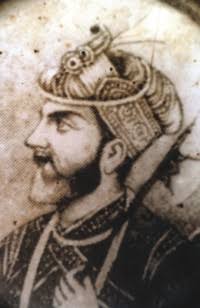 | |
| Pronunciation | Bhui-yan |
|---|---|
| Language | Bengali |
| Origin | |
| Region of origin | Bengal |
| Other names | |
| Alternative spelling | Bhuiya, Bhuyan, Bhuya |
| Cognate | Bhuyan |
| Popularity | see popular names |
Bhuiyan (also Bhuiya, Bhuyan, Bhuya) was a title for landowners in medieval Bengal and Assam. [1] It has been adopted as a surname by different communities in West Bengal, Assam, and Bangladesh .